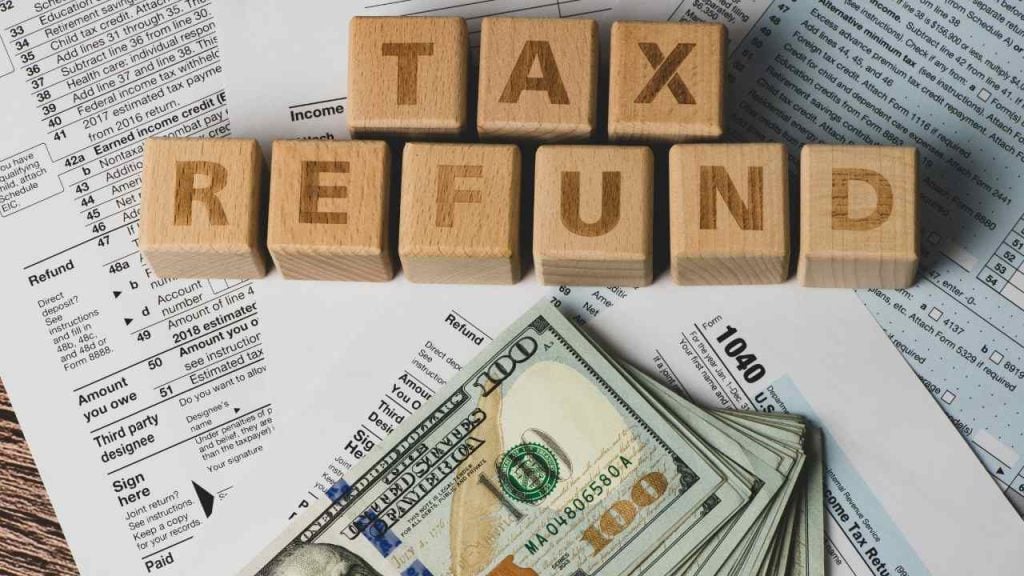The Internal Revenue Service (IRS) system returns overpayments made by taxpayers during the fiscal year. This occurs when filing the annual return. The IRS calculates the final tax liability by comparing income, applicable deductions, and credits.
For tax year 2024, the filing window began on January 27, 2025, and the standard deadline was April 15, 2025. Taxpayers who requested an extension have until October 15, 2025, to file.
Essentially, the checks and deposits issued by the IRS are refunds to taxpayers who, after filing their returns, discovered they had paid more taxes than they owed.
How IRS refunds work
Among the most common situations are, for example, excessive payroll withholdings or high estimated payments from self-employed workers. The tax return allows the IRS to determine the exact difference. If the payments exceed the final obligation, a refund is generated. The amount corresponds to the verified excess.
The IRS processes returns in the order they are received. Electronic returns are prioritized and reviewed more quickly than paper returns. For e-file returns with direct deposit, the typical refund period is 21 days.
Paper returns require longer processing times. Taxpayers can check the status using “Where’s My Refund?” This online tool updates within 24 hours of electronic filing. Paper returns take approximately four weeks to update.
Delivery options are direct deposit, physical check, or prepaid debit card. Direct deposit is the fastest and most secure method available. “With nine out of ten taxpayers who choose it receiving their refund in less than three weeks” (WebCE), this method avoids postal delays or losses.
The average IRS refund for 2025
Taxpayers who received refunds in the second half of June 2025 fall into several groups. One includes those who requested a filing extension. These taxpayers submitted their returns during May or early June 2025. They met the extended deadline granted by the IRS. Their processing follows the standard workflow following late receipt.
Another group includes returns subject to additional review. This occurs due to detected errors, missing information, or claims for specific credits. Credits such as the EITC (Earned Income Tax Credit) or the ACTC (Additional Child Tax Credit) have special rules. These returns require extensive verification before a refund is approved.
Also included are taxpayers who filed amended returns, correcting errors made on the original return, or resubmitted previously rejected returns. According to the general deadlines, those who filed electronically in late May or early June could receive their refund in June. This is especially true if they used deposit.
At the start of the 2025 tax filing season, the average IRS refund was notably lower compared to the previous year. As of February 14, 2025, the average refund amount stood at $2,169, marking a 32% decrease from the $3,207 average recorded during the same period in 2024.
As the filing season progresses, the IRS processes more returns, and the average refund tends to stabilize. By mid-2025, estimates suggested a potential increase in the average refund. A Newsweek report projected an average refund of around $2,950 by June 2025, though this figure lacked official IRS confirmation.
Historically, federal tax refunds have averaged between $2,800 and $3,000, making it likely that the final 2025 average would align with this range.
How many tax returns have been processed?
Through April 4, 2025, the IRS reported processing 100.3 million returns. According to its seasonal statistics, 67.7 million refunds were issued. Mass filing continued through April 15, 2025. Many taxpayers, especially those with extensions, file later.
Therefore, the total number of refunds issued by June 16 would be well over 67.7 million. There are no official public figures specific to June 2025.
It is estimated that most refunds for tax year 2024 have already been distributed by June 2025. The exceptions are those related to late filings or returns still under review. The majority of taxpayers who file by the main deadline receive their refunds before midyear.
Those refunds still pending delivery to taxpayers are primarily those that used the filing extension (with a deadline of October 15) and those that remain under review, which are cases that require error correction, additional information, or processing of amended returns.
